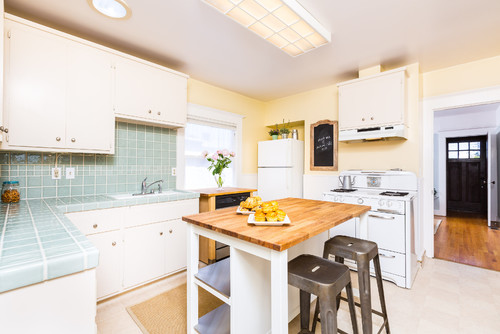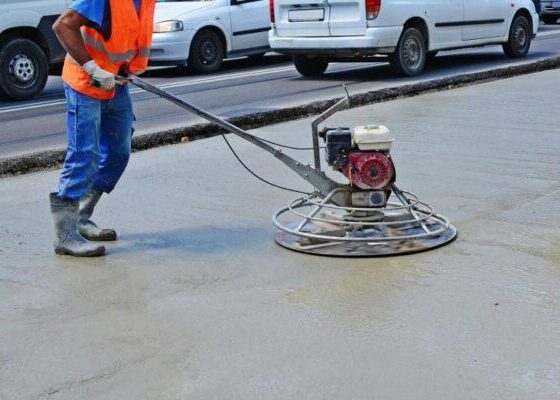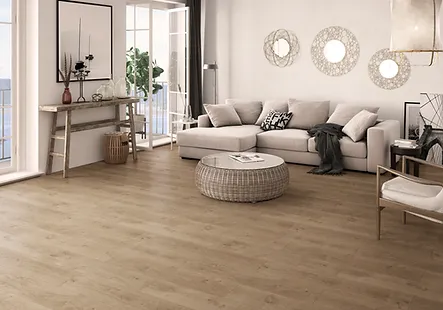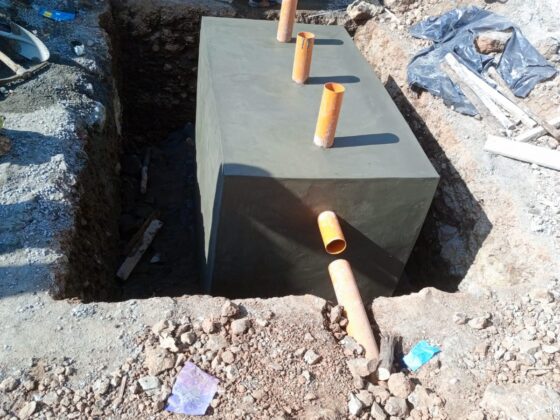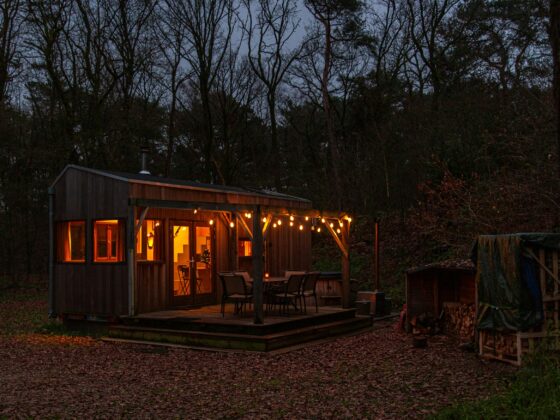Whether you have just finished a project or it is a few years down the line, no one likes to see cracks in the house. Reasons for cracking usually vary from serious structural integrity issues that require to be solved immediately to harmless cracking that only affects the aesthetics. Most common cracks in floors and walls are usually assumed to be caused by the ‘house settling’.

Determining the crack types.
To do this, check for the width of the crack and the length it runs for. The location of the crack is also very important. Common types of cracks include:
1. Hairline cracks (Minor Cracks)– These are tiny, less than 1 mm wide and very shallow cracks that may appear on the top cover of the floor or the wall finishing. These cracks may be straight, zigzagged or form a spider web or honeycomb pattern on the surface of the concrete.
The most probable cause for hairline cracks on concrete floors is poor handling during construction. The screed used was probably not adequately watered after being set which caused cracking. These cracks are normally not indicative of a bigger underlying issue.

To find out if the hairline cracks on your floor definitely require fixing, one should tap the floor at the cracked areas. If the floor produces a hollow sound instead of a sharp ping, this means the top layer (nil) did not appropriately bind with the underlying layer and should be removed and redone.
2. Major cracks – When cracks are bigger than 2 mm wide, this could point to a bigger problem especially if they run for a length more than a metre. These are common where there may be structural failures in the house. They can be seen:

– Along the lengths of the floor (Perimeter cracks) that occurs when the floor retracts from the surrounding foundation
– Running across the floors
Some common and avoidable causes of floor cracks are:
1. Differential settlement – This is common where the sub grade was not properly compacted and is what people mostly term as house settling. In these cases the cracks appear and the width stops increasing after some time. These cracks can then be sealed. However if the floor keeps cracking, then there is definite cause for alarm as it points to a bigger underlying issue. At this point an engineer should be consulted.
2. Expansion and contraction of the soil below the foundation. Some soils have properties that vary greatly depending on the moisture content of the soil. For example, the infamous black cotton soil. During construction all such soil should be removed and replaced with suitable ground. Some appropriate bases for the house include stone bases and well compacted hardcore .

Cracks also commonly appear:
– On the underside of beams
– At the top or bottom of a column
– Running across the wall (Top to bottom)
Most of these cracks(Especially near the beams and columns) are caused by overloading of the structural members. This means that the members were not designed to carry the loads they currently bear. Here, a professional (Structural Engineer) must be consulted to offer solutions.
Read more on how to calculate the volume of sand, cement and aggregate and Quick checks for placing concrete. Interested in house designs? Here are simple 2 Bedroom designs you can build for around 1.5M.
Hoping this piece has been useful. Build wisely!




